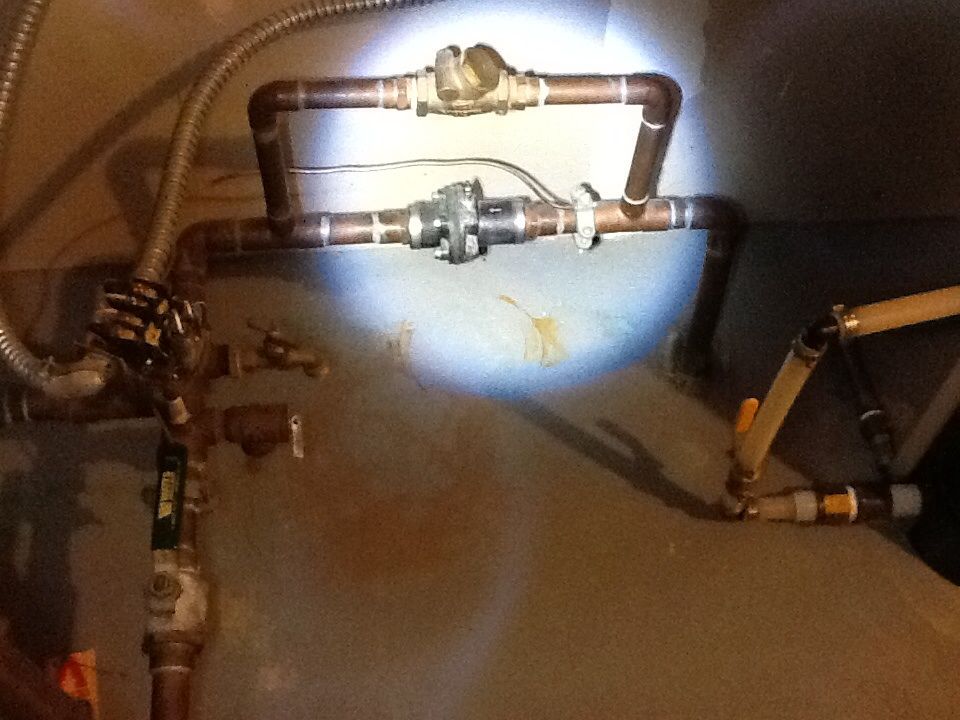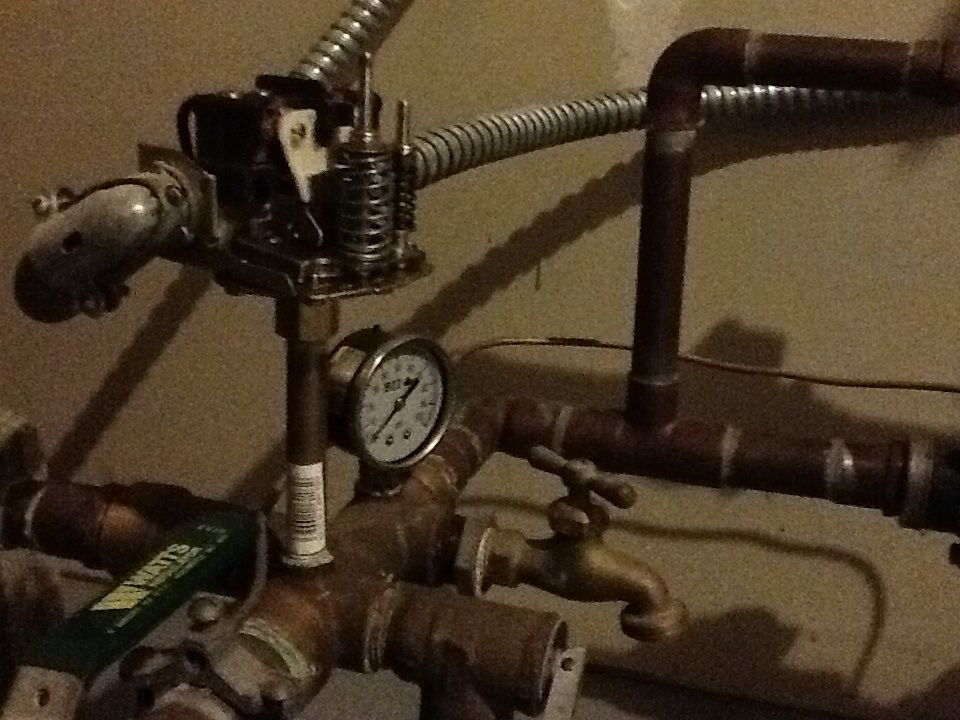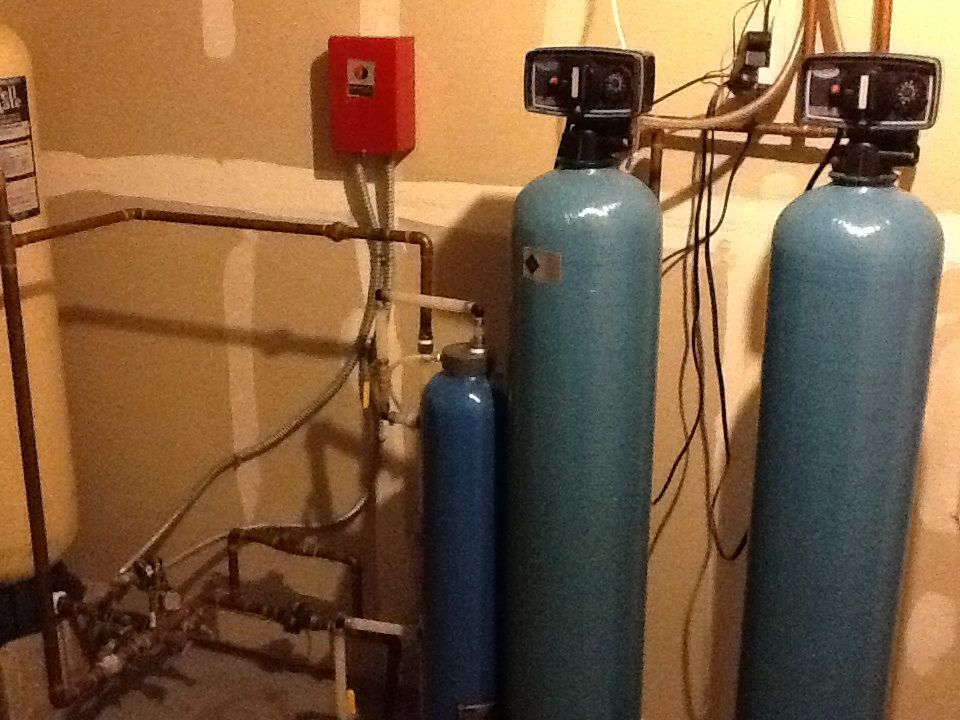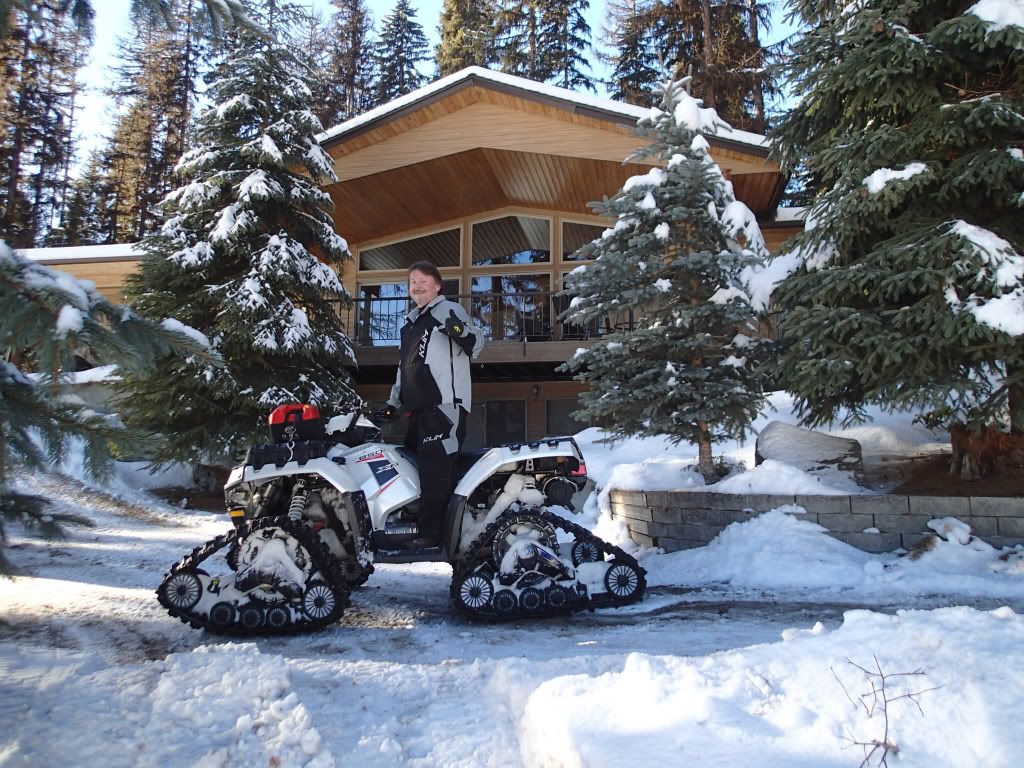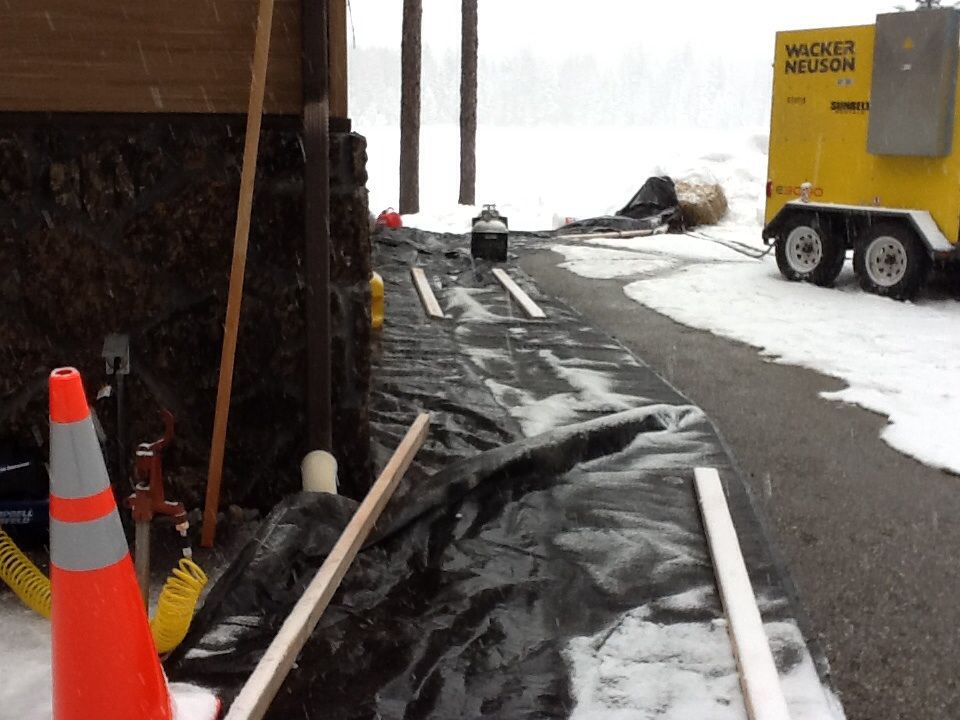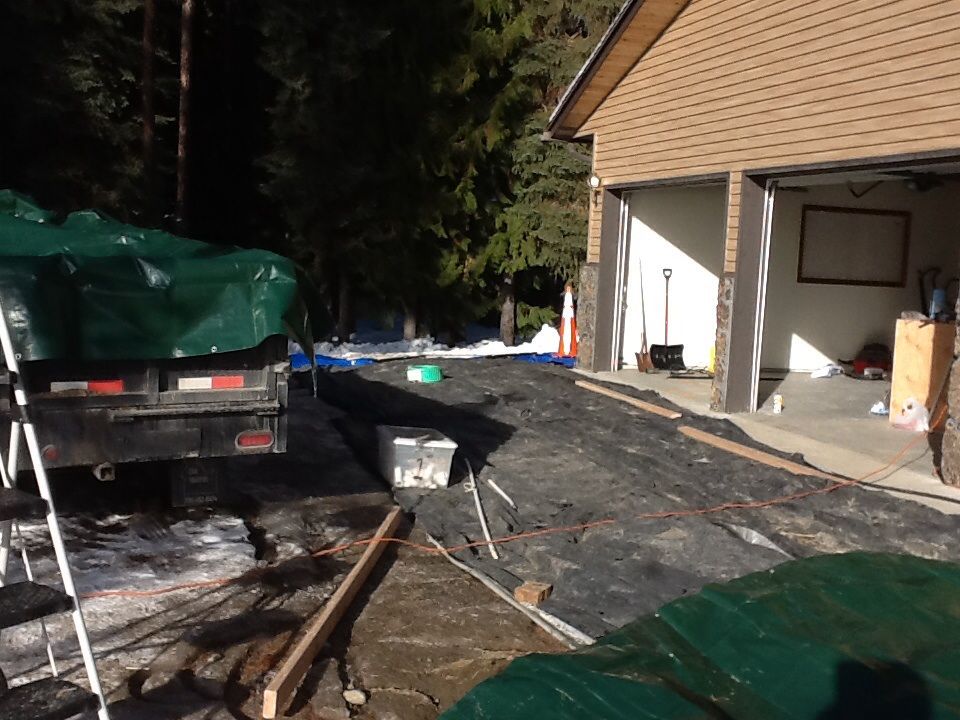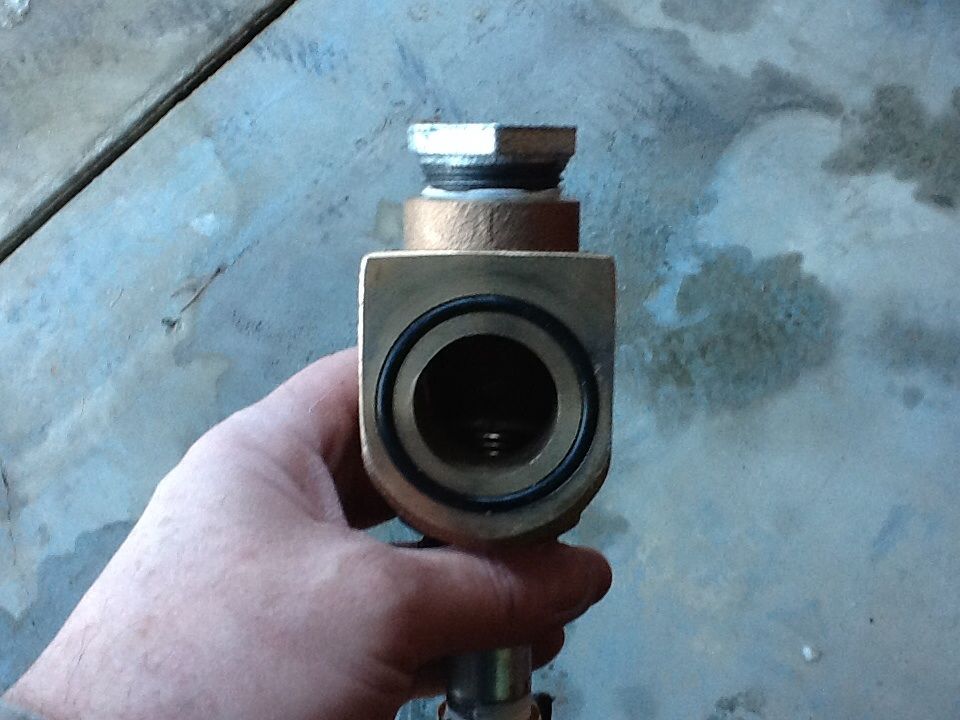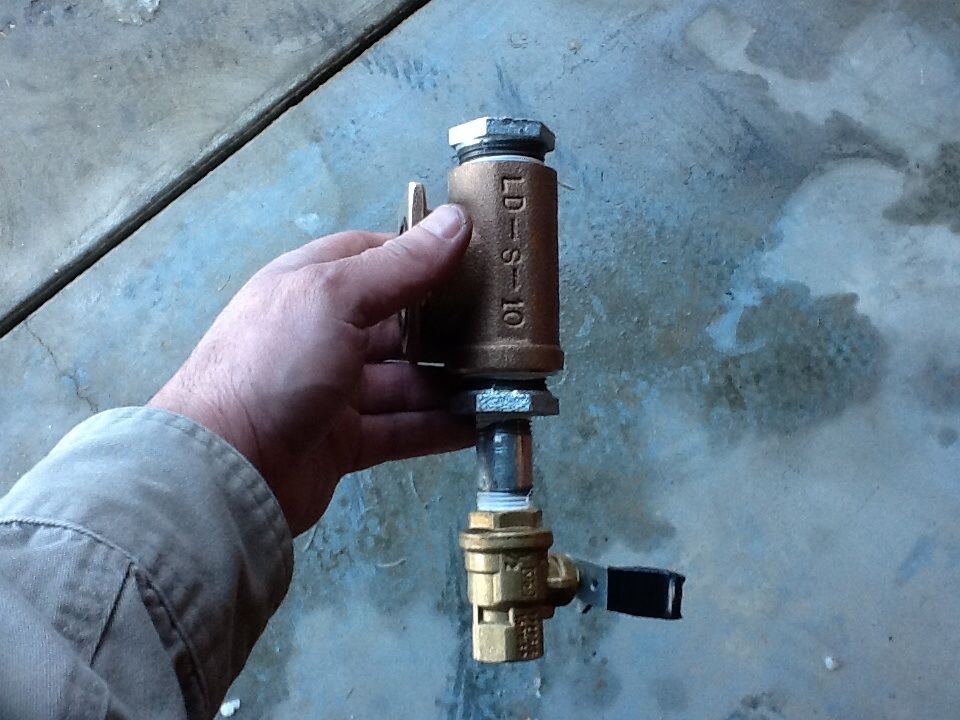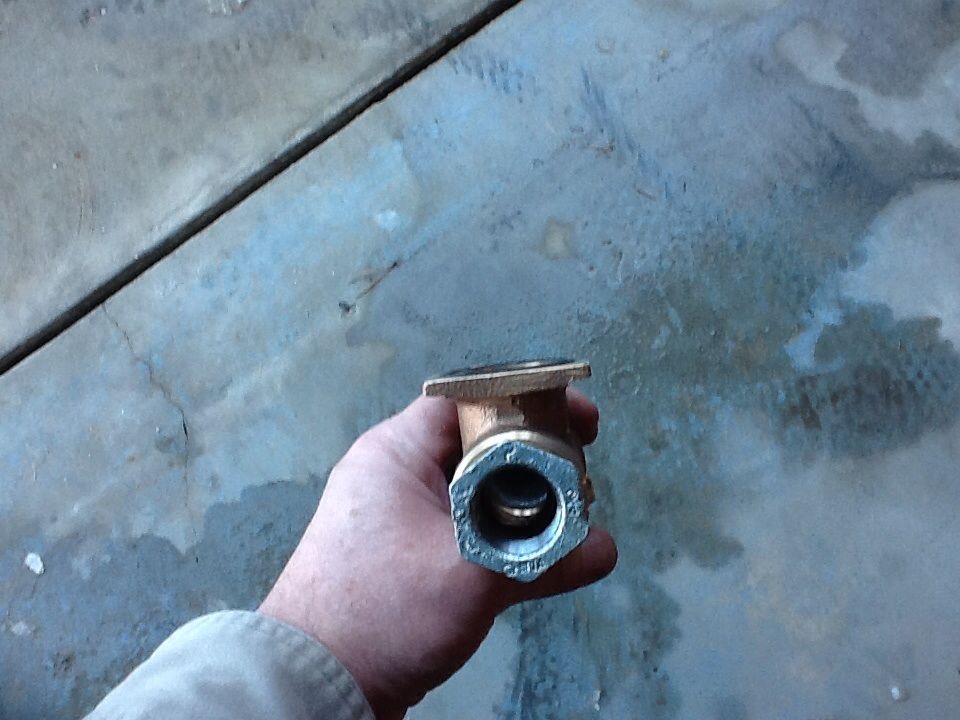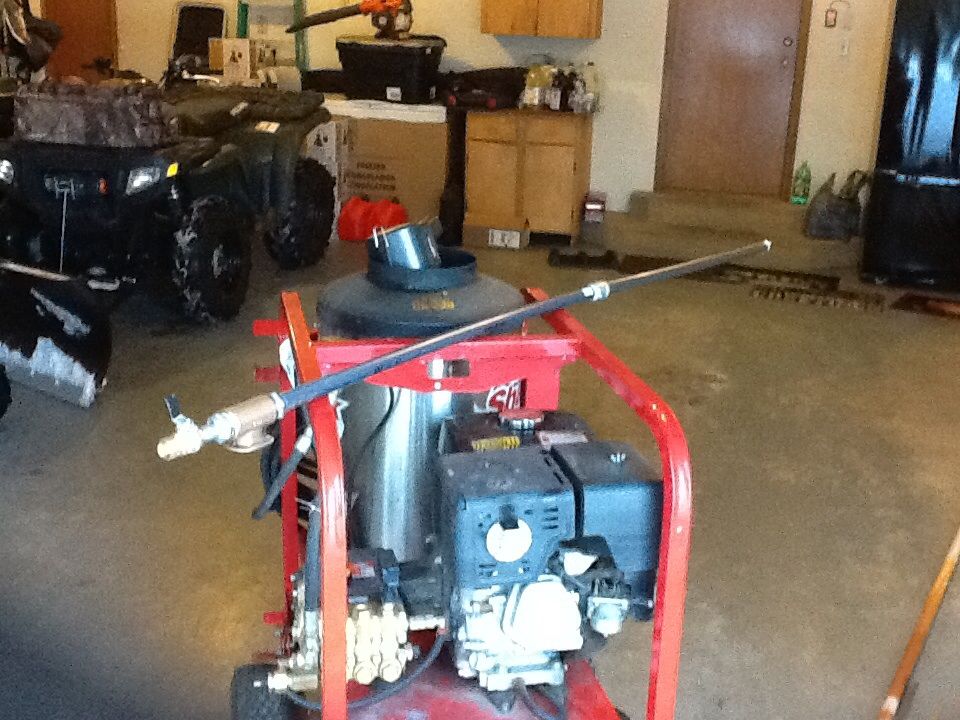Start using a salt water brine, then surge the water to give a wave like effect
this seems like a good idea as well...especially heated...and it wouldn't hurt to replenish with fresh brine mix once in a while ..
OR
and if in fact its only now frozen close to the house why not make sure your storage tank is isolated with the ball valve shut off or tank emptied,then take that top cap off the brass check valve and wet vac all you can out and then pour in some of this
and if you figure its thawed then manually switch your controller as you purge all the nastiness out through the hose bib into your floor drain..
if it works...???
http://woodsmansinternational.com/l...rains-water-lines-pipes-septic-systems-sewers
Q3 - Is "LIQUI-FIRE" safe to use for frozen drinking water pipes frozen water intake pipes frozen water supply feed lines?
A3 - YES, "LIQUI-FIRE" is formulated specifically for use on intake water lines or potable water. "LIQUI-FIRE" is safe for fresh water intake lines, internal plumbing inside the walls, septic tanks, septic fields, and sewage lines.
Back to QuestionsBack to QuestionsBack to QuestionsBack to Questions
Back to QuestionsBack to QuestionsBack to QuestionsBack to QuestionsBack to Questions
~ ~ ~ ~ ~ ~ ~ ~ ~ ~ ~ ~ ~ ~ ~ ~ ~ ~ ~ ~ ~ ~ ~ ~ ~ ~ ~ ~ ~ ~
bullet Q4 - Frozen Water Pipes Frozen Water Lines - Will "LIQUI-FIRE" thaw my frozen water pipes frozen water intake pipes frozen water lines buried underground in the frozen ground?
A4 - "LIQUI-FIRE" will thaw any length of intake water line or intake water pipe. "LIQUI-FIRE" will work fine even if water is present in the line. It works best if the standing water is removed but that is not necessary.
Category How to thaw or fixing frozen pipes water pipes drain pipes sewer pipes septic pipes safely
One younger customer in British Columbia had a frozen water line or poly-pipe. He and his wife had bucketed water for over 6 weeks from a mountain creek on their property. He ordered 6 bottle of "LIQUI-FIRE". He poured 3 in and then flushed the pipe with water to try to push "LIQUI-FIRE" through faster. That didn't work and so he called us. He poured in the other 3 bottles and was told not to back flush. The next day he called and was as happy as can be when he told me, "If you were here right now, my wife would kiss you!" Now that's a happy customer. See us on Facebook
Happy customers blog about LIQUI-FIRE here
Back to QuestionsBack to QuestionsBack to QuestionsBack to Questions
About 10 years ago. Another customer in the Lake of the Woods region of Canada and United States hired a plumbing contractor to steam his intake water pipe or water line as it was frozen when he and his wife arrived home the previous day. The plumbing contractor charged him $59.00 per hour and worked steaming the 300 foot long 1 1/4 intake water line. At the end of the day, the contractor left telling the husband that he'd managed to get about 110-120 feet of the pipe thawed and explained that he could come back again the next day to try to get more thawed but that it was taking longer to thaw the ice inside the pipe with each foot. The steam was becoming colder the plumber explained. He left the customer $500.00 poorer and told the customer that he probably would have to wait until spring before the 300 foot long pipe thawed.
Back to QuestionsBack to QuestionsBack to QuestionsBack to Questions
The customer's wife returned home shortly after with a couple of bottles of "LIQUI-FIRE". Her husband told her that it was a waste of more money as the plumber had just told him they would have to wait until spring. She insisted her husband put it in even though he wanted her to return it to the store for the $40.00.
Happy customers blog about LIQUI-FIRE here
Sometime during the night, the couples young daughter loudly yelled from the bathroom, they had water.


